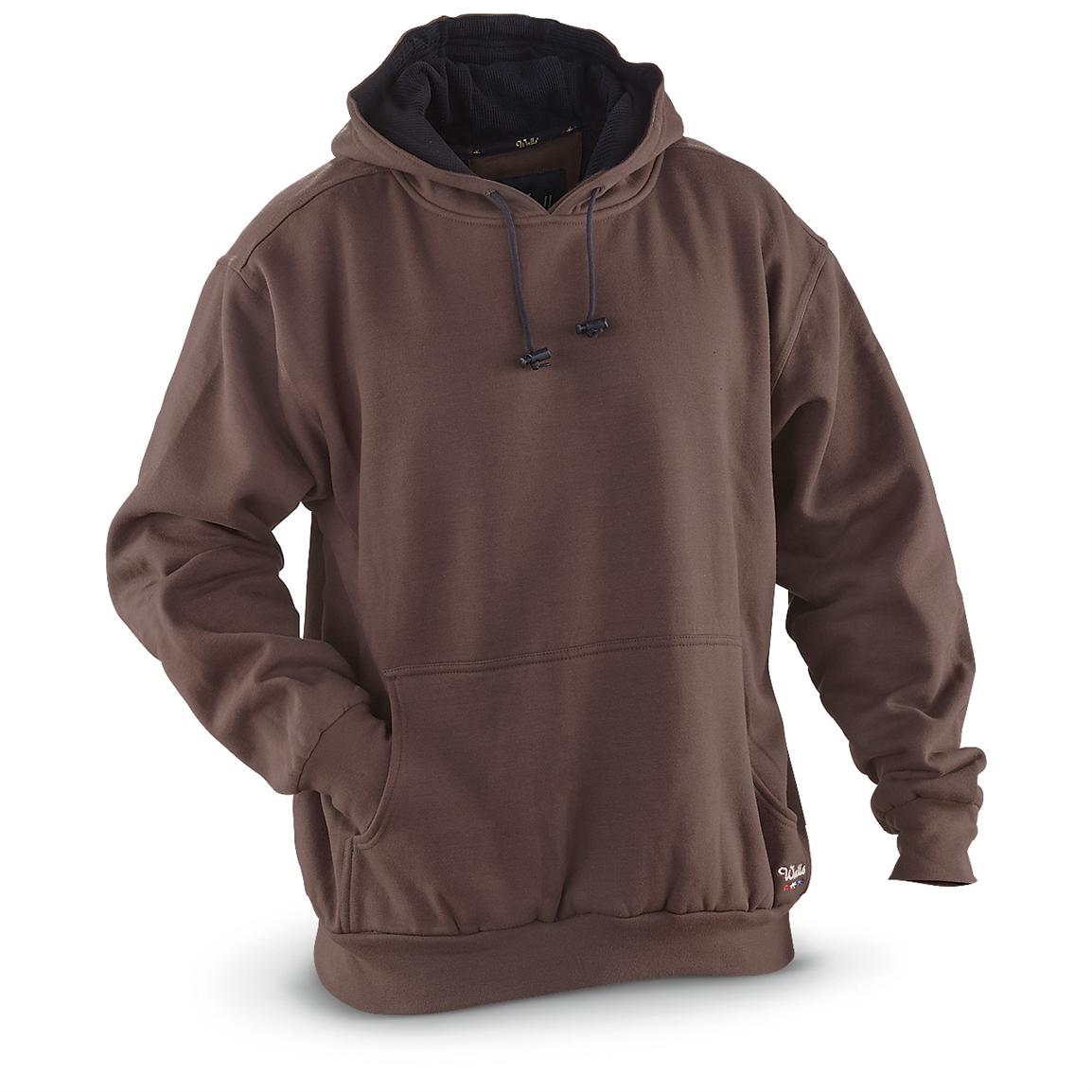Sweatshirts are long-sleeved pullover shirts that are typically constructed from thick cotton fabric. They are generally worn as casual clothing, and are not so formal as sweaters and cardigans. They do not usually have the Hood. If you are interested in buying a sweatshirt, here are a few tips:
Norma Kamali spread the appeal of sweatshirts
Since the late 1970s and into the late '70s, Norma Kamali has transformed the simple sweatshirt into a work of art. Her designs are now a staple in almost all women's wardrobes. Her distinct styles include tummy-tucking t-shirts to a crew neck , to leather paneled sweatshirts. She has also created clothing in unusual designs, like a tank top with an extended trumpet skirt.
The collaboration of the designers and the sweatshirt maker Everlast gave rise to her Timeless line, which became hugely popular when it debuted in the Spiegel spring 2006 catalog. The collection featured convertible and interchangeable knits with classic designs, and many pieces were priced at less than $20. Even the Kamali's Timeless collection was not available in stores, fans could still find the pieces through eBay and Poshmark.
Merino wool sweatshirts feel more comfortable than sweatshirts made of soft wool.
Merino wool is renowned for its ability to wick moisture away that help keep you comfortable and dry. Merino wool is an organic fiber and also offers a more comfortable feel. The fabric also dries quickly compared to other natural material. Additionally, merino is a sustainable resource. The merino sheep shed their coats each year, and then grow new ones.
Merino's weight-to-heat ratio is high, and the warmth of wool is what makes it a popular choice for sweatshirts. It helps to regulate body temperature due to its loft which naturally traps heat between the fibers. This is the reason Merino wool sweater s are perfect for outdoor and summer activities like hiking, mountain biking, and running. The warmth they provide keeps the wearer well-hydrated and cool, something that is essential for working out.
Zip-front hoodies feature kangaroo pockets.
Kangaroo pocket Hoodies are a very popular type of hoodies. They feature a big pocket at the front which helps keep your hands warm during cold days. They're additionally more practical than conventional pockets, since they allow your hands to slide into and out easily.
Kangaroo pockets are usually large enough to hold a wallet or some other small personal items. sweat shirts enough to fit the palm of a hand that is small, and can even be sufficient to hold two hands. They are wide on either side , and are ideal for carrying small items.
French Terry fabric is a well-loved fabric for sweatshirts .

The French Terry fabric is composed of soft yarns that are knit into loops and is usually mid-weight. It is also famous for its ability to wick away moisture and is pre-shrunk. French terry is a great option for sweatshirts as it keeps you warm when you require it and keeps you cool when you need to cool off.
French Terry is also popular for loungewear, since it has enough stretch and flexibility to feel good against your skin. It also allows enough air to circulate around the fabric, which makes it ideal for layering under other clothing. In addition, because it's lighter than other sweatshirts, you can wear it all through the year without feeling too either cold or hot.
Hoodies are classy and have a connotation of class.
Although it might appear that hoodies are just an appropriate clothing item for working class people, the reality is that they carry classist connotations. Hoodies first became popularized in the early 70s New York, where graffiti artists wore them to conceal their identities. In 1976, hoodies made their major movie debut with "Rocky," when the protagonist of the film was a working class man in grey sweats that were hooded during his memorable climb to the top of the Philadelphia Museum of Art.
Hoodies are frequently linked to death, destruction and other unpleasant items, yet they serve a practical purpose. For instance, priests and monks might wear hoods in order to display the proper manner of dress and to focus on their inner self.
